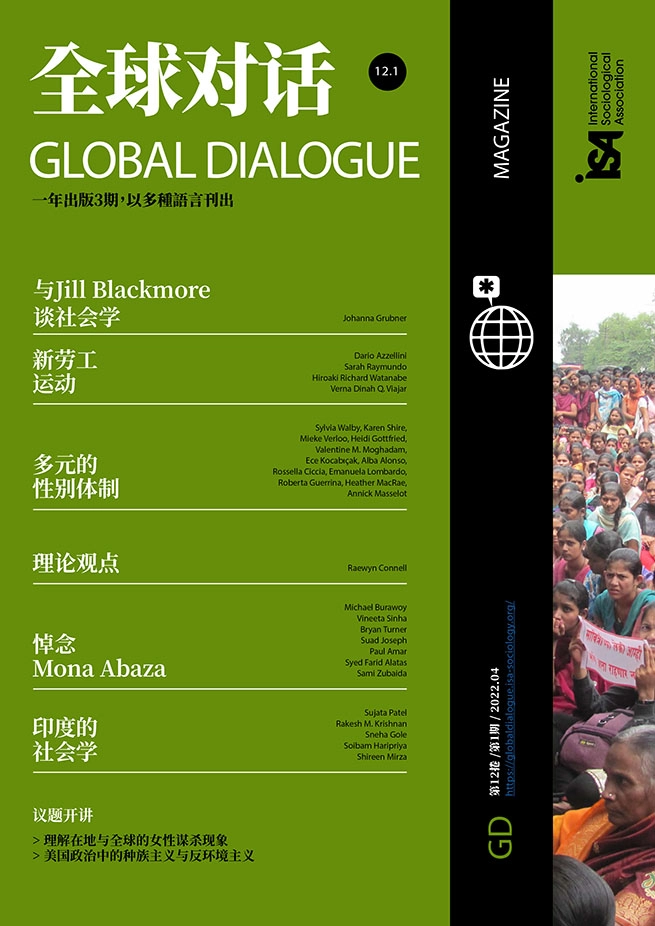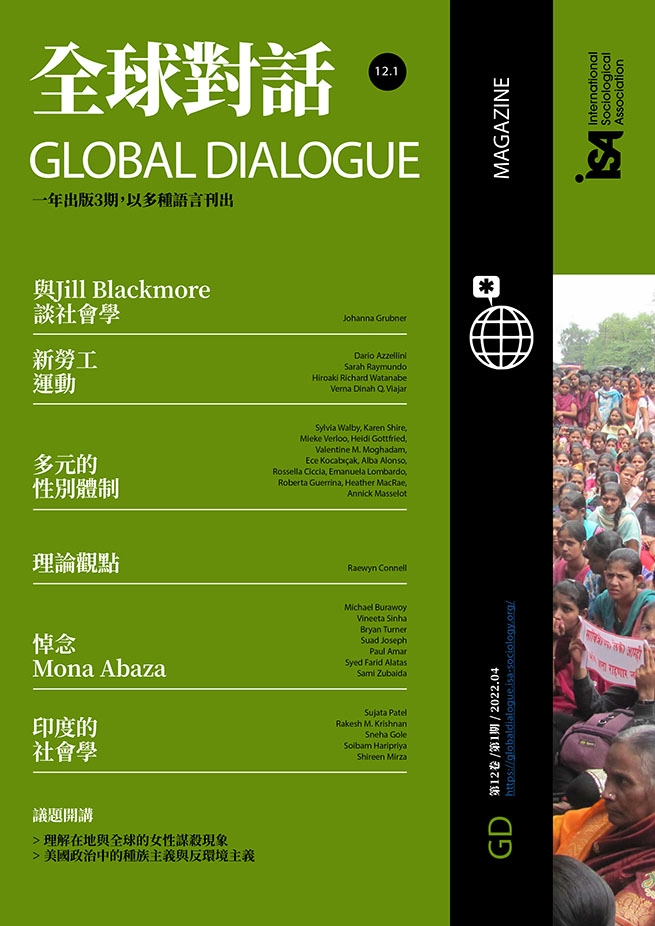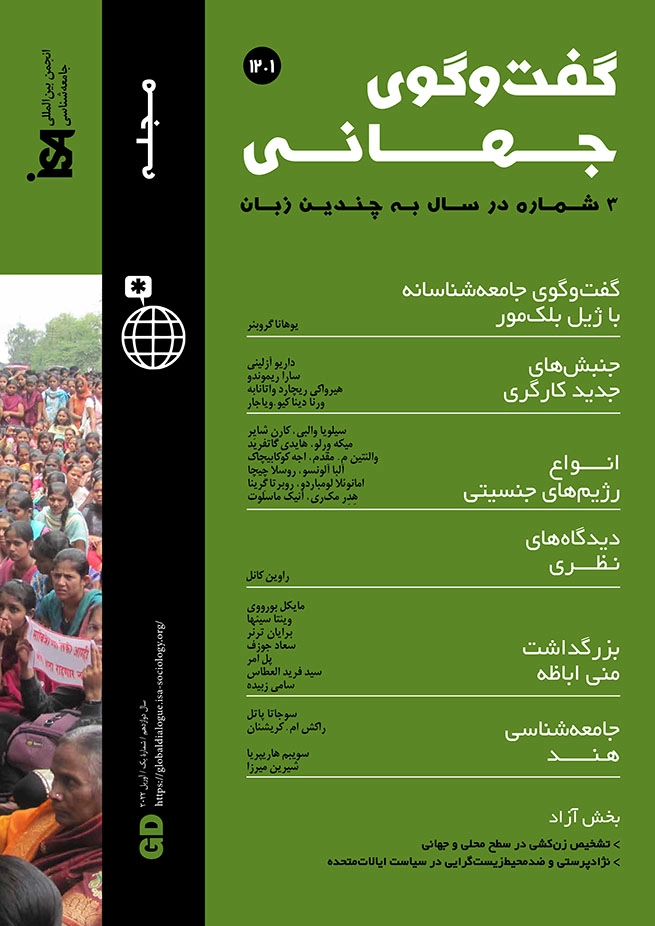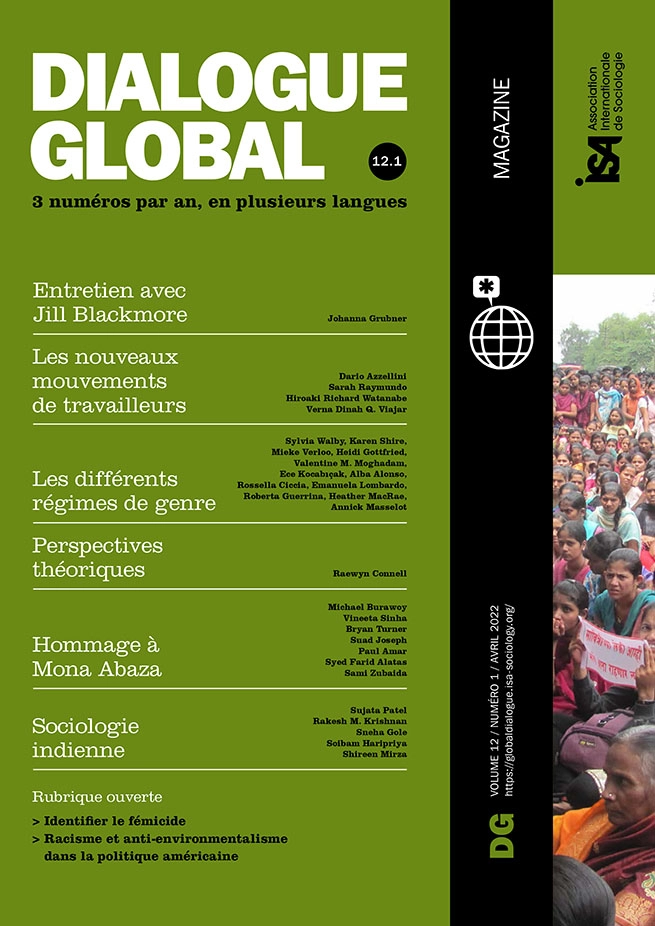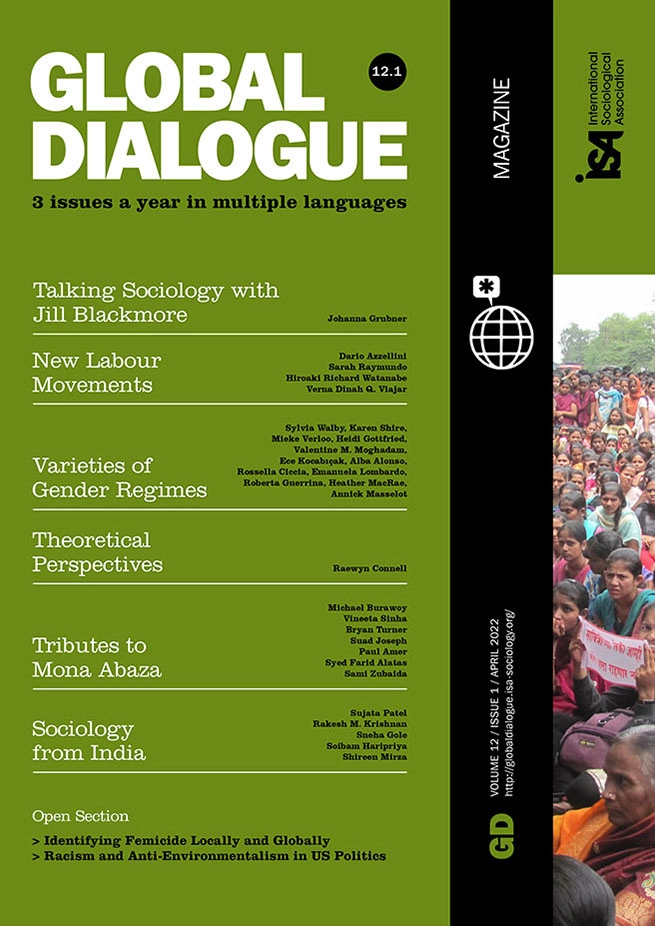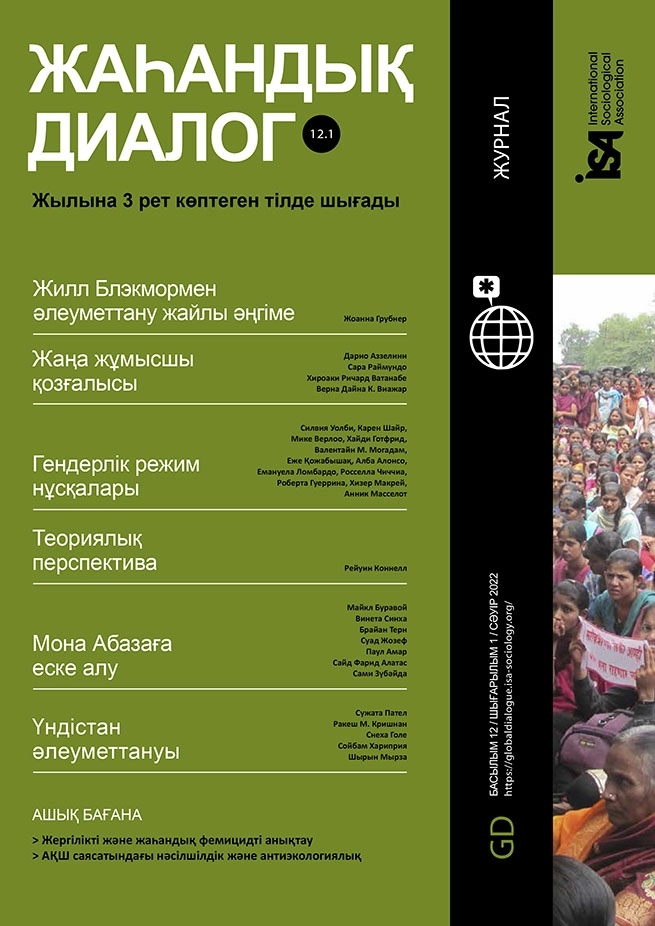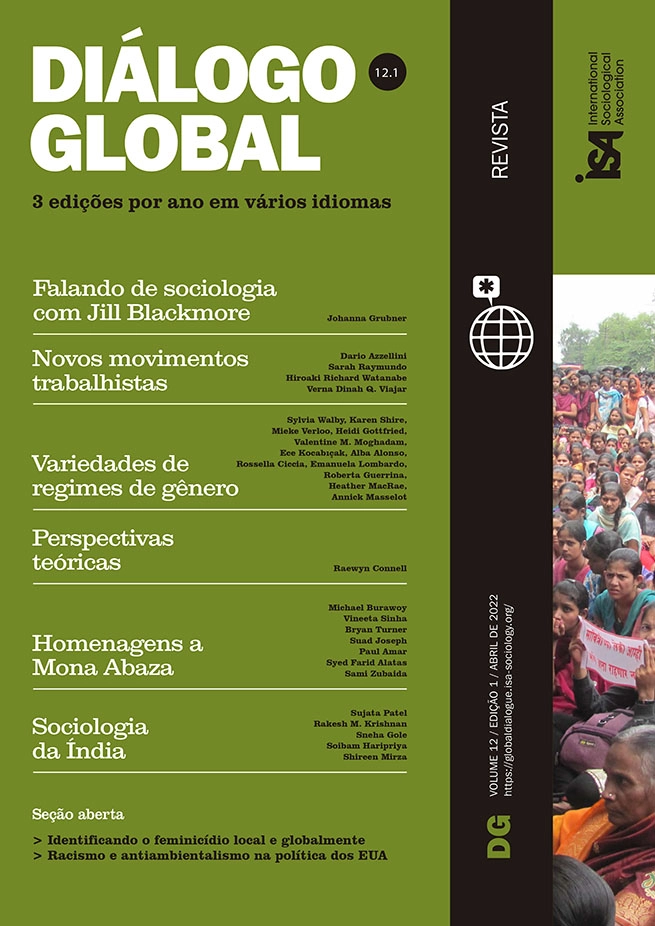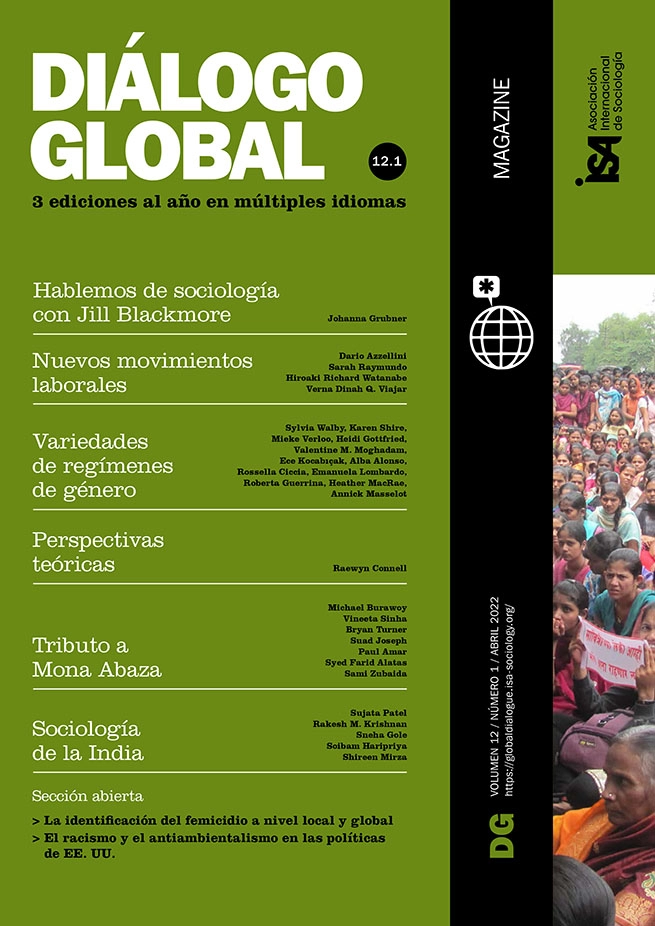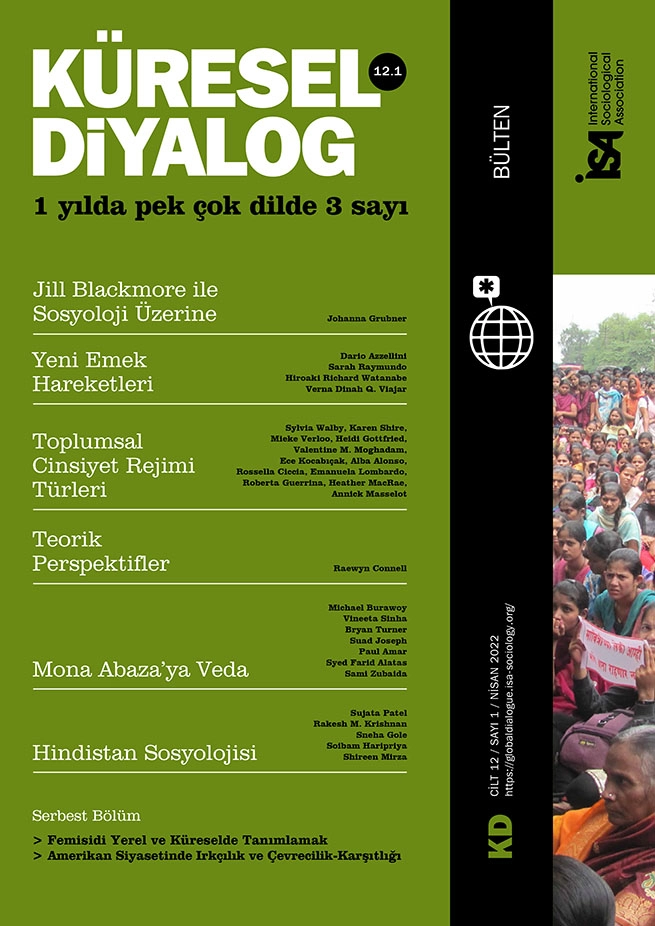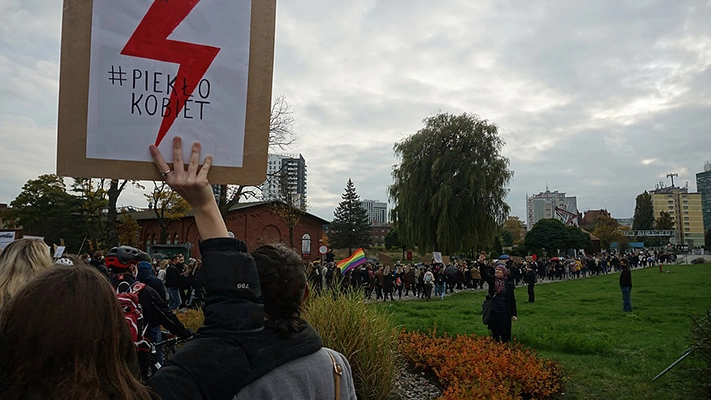The last decade has seen a speeding up of anti-gender campaigns. These are spreading out across Europe, increasing the number of actors involved and the range of issues crucial for feminist futures; we also see a worrisome shift from reactive to proactive strategies. These campaigns can be observed to target a specific set of feminist issues, notably those prioritized by the radical feminist strand of the 70s feminist project: de-essentializing sex and gender, bodily and sexual autonomy, reproductive rights, and heteronormativity. All this is in the context of growing authoritarianism across Europe. The new book by Agnieszka Graff and Elżbieta Korolczuk discussing Anti-Gender-Politics in the Populist Movement offers a great analysis of this phenomenon. I explore whether these attacks signify a transformation of gender regime in Europe and require an extension of gender regime theory.
In Walby’s gender regime theory, gender regimes are complex systems of inequality, distinct in how specific configurations of the polity, economy, violence, and civil society domains impact on gender inequality. She distinguishes between domestic and public gender regimes, and within the public gender regime, between neoliberal and social democratic forms. The distinction between domestic and public gender regimes is based on differences in the polity: the polity in domestic gender regimes is characterized by a weak state and a strong role for male patriarchies based in families and kinship networks, while in public gender regimes, it is characterized by a strong state. The further distinction between the two public gender regimes is then made based on how states or state institutions organize class inequality. In the case of the public neoliberal gender regime, state institutions give as much space as possible to the market, and hence to a capitalist system of organizing the economy, resulting in strong class inequalities, and shaping gender inequalities intersected by them. The public social democratic gender regime is set up to mitigate the worst excesses of capitalist class inequalities, towards a certain base level of equality of opportunities. Gender inequalities, especially around labor and care, are part of this mitigation.
This distinction of gender regimes is based predominantly on the domains of the polity and the economy. Yet, to understand anti-gender campaigns and the emerging gender transformation linked to it, gender regime theory would have to pay more attention to the entanglement of gender inequality and sexual inequality. I argue that it is possible and necessary to amend gender regime theory by adding a cathexis domain consisting of all institutions in society regulating bodies, sexualities, and kinship.
My arguments are linked to four critiques of gender regime theory (see the Gender Regimes Special Issue of Social Politics 2020), centering on the need to give a place to “family” in Walby’s framework and presenting different ways in which to do that.
The family as a domain in gender regime theory – possibilities and limits
Valentine M. Moghadam identifies two public gender regimes: neopatriarchal versus conservative-corporatist. The neopatriarchal gender regime is domestic patriarchy organized by the state through conservative family law, combined with a form of capitalism that limits female economic participation, restraints on civil society that impede sustained feminist organizing, and inadequate or non-existent legislation on violence against women. The emerging conservative-corporatist regime shows strong feminist movements, visibility of women in the professions, and reformed family law. Adding family as a domain is necessary, she argues, because family laws and reforms are the pivotal institutions for how these gender regimes emerge and transform. Importantly, she pays attention to various non- or less-democratic positions in the polity and in civil society.
Karen Shire and Kimiko Nemoto, drawing a distinction based on the democratic or authoritarian nature of the polity, also stress the important role of family policies. They observe that conservative gender regimes constitute the domestic as a public sphere and transform through family policies, which reinforce a gendered division of labor that is neither neoliberal nor social democratic. These family policies combine supporting women’s employment with improving fertility rates. They show that domestic gender regimes can be modernized in a non-liberal, conservative way, featuring not just the organization of labor and care, but also the control of women’s fertility. Similar to Moghadam, they distinguish gender regimes on the dimension of democracy versus autocracy, linked to different pathways to change: top-down in authoritarian regimes, and bottom-up in democratic ones.
Ece Kocabıçak similarly argues for more attention to the significance of family during the shift from a domestic to a public gender regime, through gender-based dispossession in sustaining the patriarchal exploitation of labor within the family. She observes a modern domestic patriarchy organizing women’s exclusion from paid employment, along with dispossession and increasing wage dependency, thus maintaining the domestic patriarchal exploitation of labor.
Emanuela Lombardo and Alba Alonso also see a need to theorize a cathexis domain because sexual and reproductive struggles in Spain have a crucial relevance for understanding gender regime dynamics. Those struggles are at the heart of anti-gender campaigns, and hinder a further transformation of gender regimes in a more feminist direction; they could reverse the gains made in the recent past.
All these authors try to fit “family” issues into Walby’s four current domains, but get into difficulties because families are mostly centered on the labor-care division. This however, is insufficient to cover those dimensions of gender inequality that have roots in how a society organizes bodies, sexuality, and kinship.
Summarizing, the current articulation of varieties of gender regimes as between public neoliberal and social democratic gender regimes is not enough to get a grip on current anti-gender campaigns and the resulting turn to less progressive forms of gender relations. This turn has happened already in Poland and Hungary, by restricting reproductive and sexual autonomy and blocking sexual rights for relationships and family building; it is quickly diffusing to other countries and across a wide variety of political actors. There is a strong coalition of orthodox religious and far-right actors pushing for this transformation. Is it a modern public form of neopatriarchy?
This is a serious gender regime transformation, but one that becomes visible in all its ugliness only when we articulate a new full-fledged domain centered on bodies, sexuality, and kinship.
Mieke Verloo, Radboud University, Netherlands, <mieke.verloo@ru.nl>









